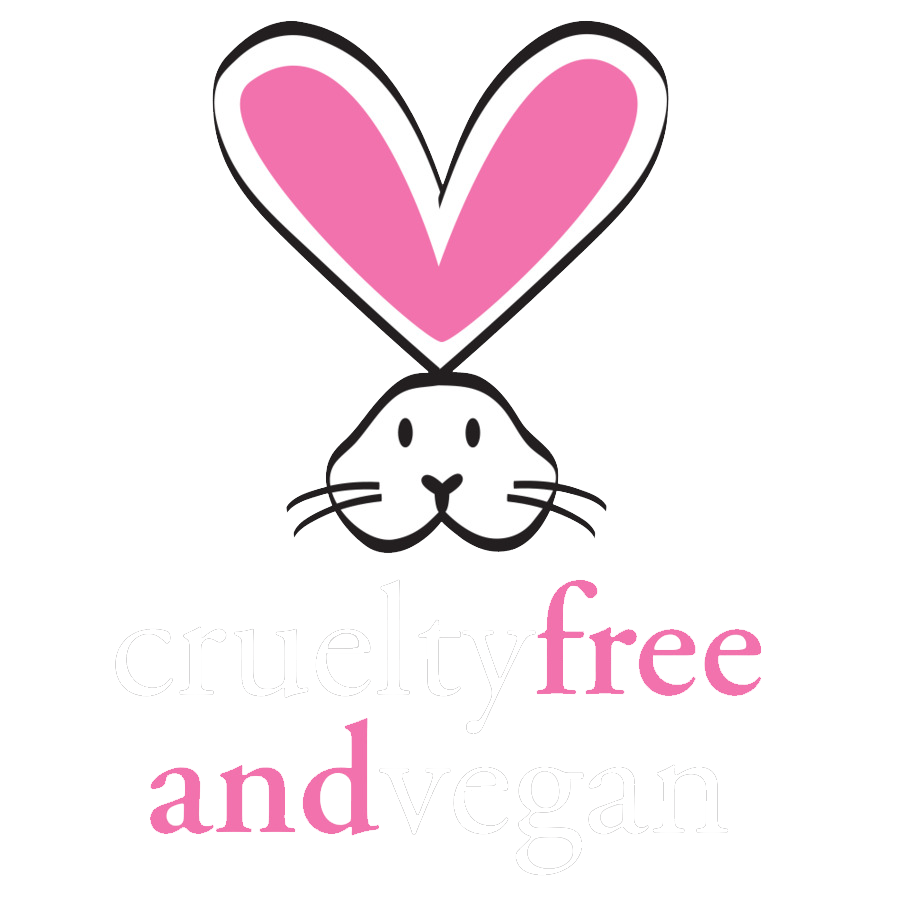Our Ingredients - What we do & don't use
We believe that the healing power of plants can nourish, protect and rejuvenate your skin. There is a certain radiance that is achieved by using 100% naturally active ingredients. We choose to use Cold pressed, unrefined and raw ingredients to make our products. We also only use certified organic or wildcrafted ingredients, and essential oils from sustainable sources, as these contain a higher source and concentration of vitamins, minerals and pure goodness than conventionally grown products. Every single ingredient in our products has a purpose, and we don't use fillers to bulk up our products.
We are passionate about our products and their purity and efficacy from 100% naturally active plant based ingredients. We are uncompromising about what goes into our products, and equally so about what doesn't!
Ingredients we don't use and why
Animal derived ingredients — We are animal lovers, and our products are Vegan (with the exception of 2 of our products, that use honey from a local beekeeper) and endorsed by Peta - Animal derived ingredients do not belong in skincare - animals are treated inhumanely to obtain these ingredients . Enough said.
Methyl, Propyl, Butyl and Ethyl Paraben — Used as inhibitors of microbial growth and to extend shelf life of products. Have caused many allergic reactions and skin rashes. Studies have shown that they are weakly estrogenic and can be absorbed by the body through the skin. We also do not use Japanese Honeysuckle /Lonicera Japonica as this has a molecular structure similar to parabens and behave in the same way.
Phenoxyethanol — often used in “natural products” that claim they are paraben free - this product is sometimes called rose ether (sounds pretty right?). FDA has said that this product can depress the central nervous system. It can also cause eye and lung irritation as well as skin allergy.
Diethanolamine (DEA), Triethanolamine (TEA) — often used as emulsifiers and/or foaming agents. They can cause allergic reactions, eye irritation and dryness of hair and skin. DEA and TEA can form cancer-causing nitrosamines when they come in contact with nitrates.
Diazolidinyl Urea, Imidazolidinyl Urea (German)— these are widely used preservatives. Neither of the German chemicals contains a good antifungal agent, and they must be combined with other preservatives. Both these chemicals release formaldehyde, which can be toxic.
Sodium Lauryl/Laureth Sulfate — a cheap, harsh detergent used in shampoos for its cleansing and foam-building properties. Often derived from petroleum, it causes eye irritation, scalp scurf similar to dandruff, skin rashes and other allergic reactions.
Petrolatum/Mineral Oil — Also known as petroleum jelly or paraffin oil, this mineral oil derivative is used for its emollient properties in cosmetics. It has no nutrient value for the skin and can interfere with the body’s own natural moisturizing mechanism, leading to dryness.
Propylene Glycol — ideally this is a vegetable glycerin mixed with grain alcohol, both of which are natural. Usually it is a synthetic petrochemical mix used as a humectant. It has been known to cause allergic reactions, hives and eczema. PEG (polyethylene glycol) or PPG (polypropylene glycol) are related synthetics.
Synthetic Colours — Many synthetic colours can be carcinogenic.
Synthetic Fragrances — There is no way to know what the chemicals are, since on the label it will simply read “fragrance.” Some problems caused by these chemicals include headaches, dizziness, rash, hyper pigmentation, violent coughing, vomiting and skin irritation.
Phthalates — Often listed as “fragrance” on labels, these chemicals are potential carcinogens.



